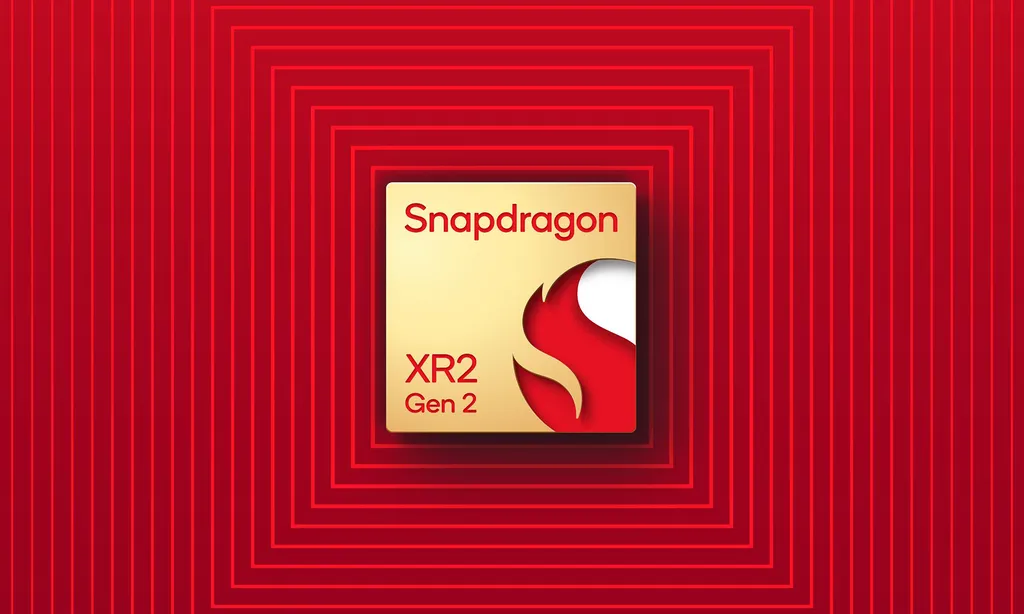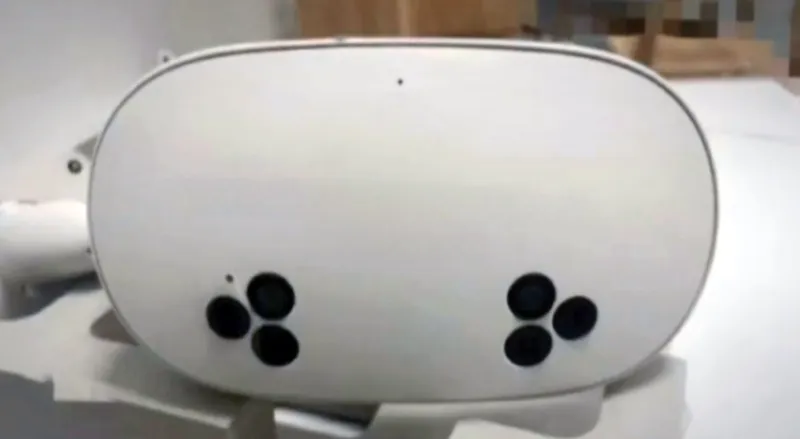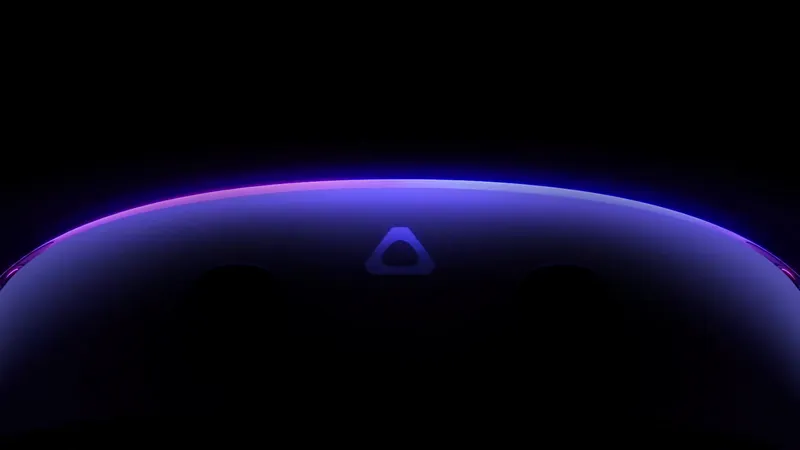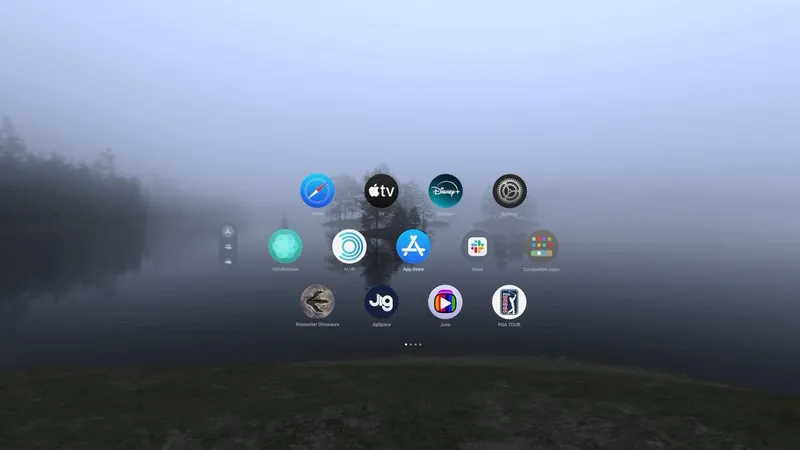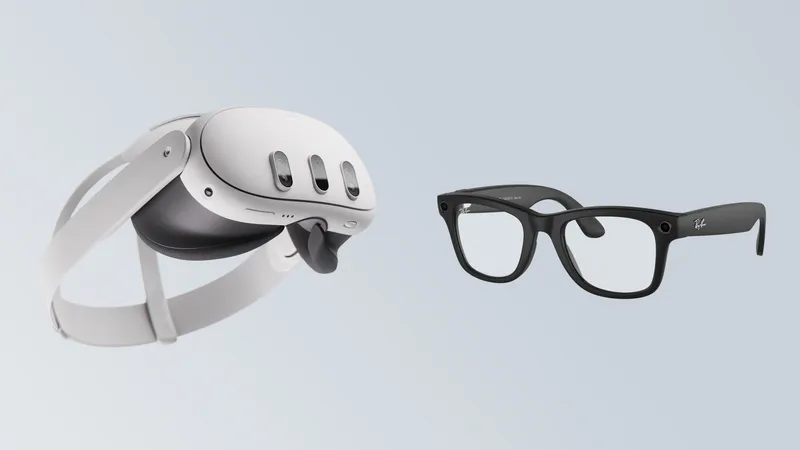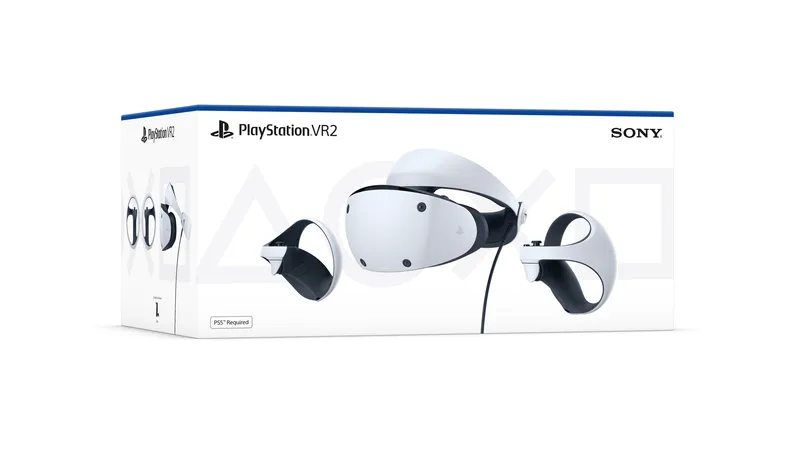Quest 3 is the first headset to feature Qualcomm's new Snapdragon XR2 Gen 2 chipset.
The original XR2 Gen 1 is used in almost all standalone headsets, such as Quest 2, Pico 4, Vive XR Elite, and Lynx R1. A modified variant, XR2+ Gen 1, is used in Quest Pro.
XR2 Gen 1 was released in 2020, built on a 7nm process node. XR2 Gen 2 is built on a 4nm process node, bringing significant improvements in performance and power efficiency.
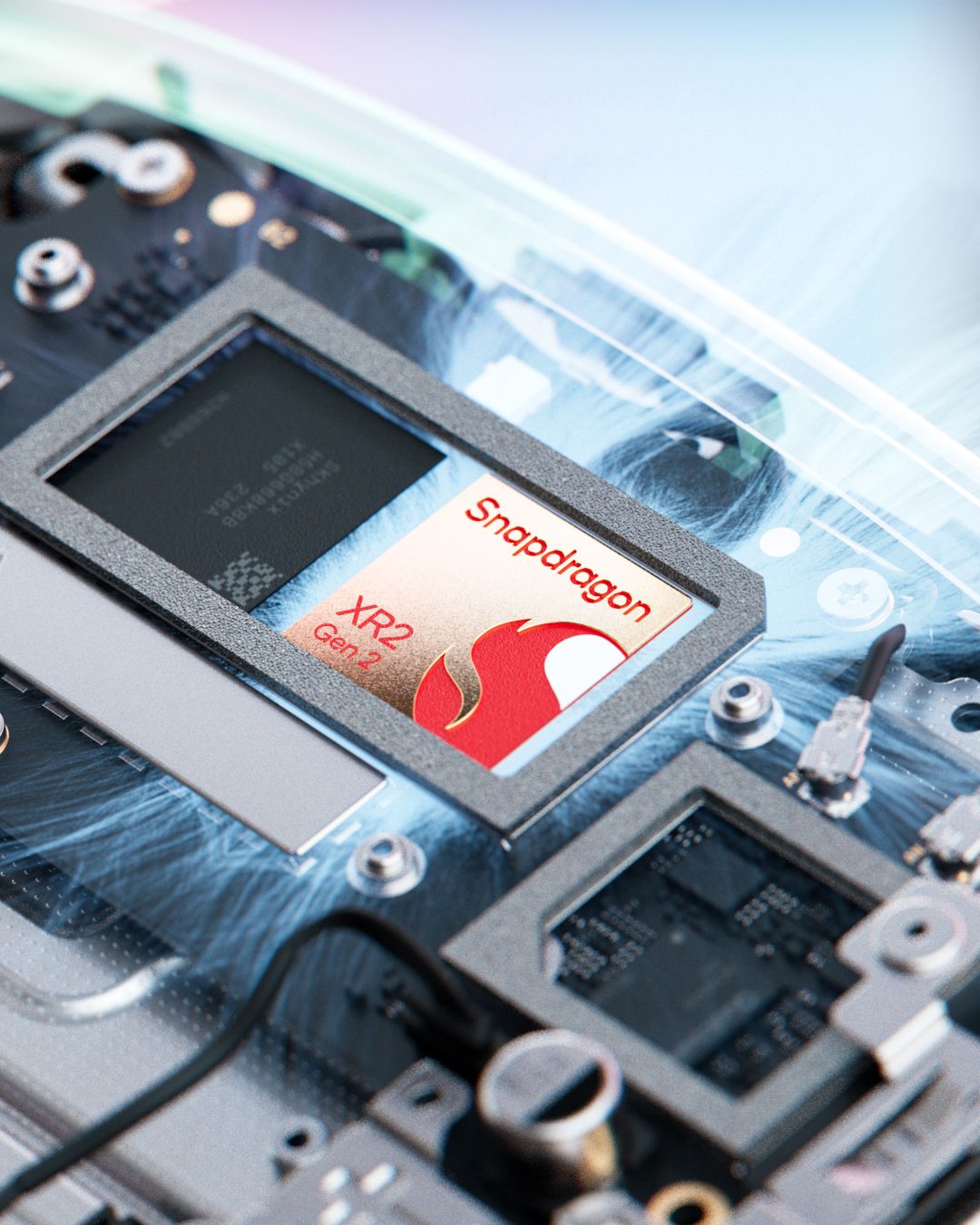
The new GPU has up to 2.5x peak performance and double the performance per watt. And the new NPU - neural processing unit - offers up to 4x peak AI performance and 8x AI performance per watt for INT8.

XR2 Gen 2's new decoder also supports the AV1 video codec.
The CPU improvement is a lot less impressive though, just 33% improved over the original XR2. There are only two performance cores and four efficiency cores.

The vastly improved AI performance can be utilized to enable new use cases, such as dynamic object recognition and scene classification.
XR2 Gen 2 also adds full on-chip hardware acceleration for some critical headset tasks, offloading them from the CPU & GPU:
- Positional tracking, significantly reducing its power draw and latency
- Camera passthrough, reducing end-to-end latency from around 50 miliseconds to around 12 miliseconds
- SpaceWarp motion extrapolation
- Super Resolution sharpening
Qualcomm demonstrated just how low the passthrough latency enabled by XR2 Gen 2 is by playing ping-pong wearing reference design headsets:
While Quest 3 is the first headset to use XR2 Gen 2 and Meta is Qualcomm's strategic partner, Qualcomm told UploadVR that this partnership doesn't include exclusivity. Put another way, headsets from other companies will use the XR2 Gen 2 in future but Qualcomm wouldn't say precisely when.

